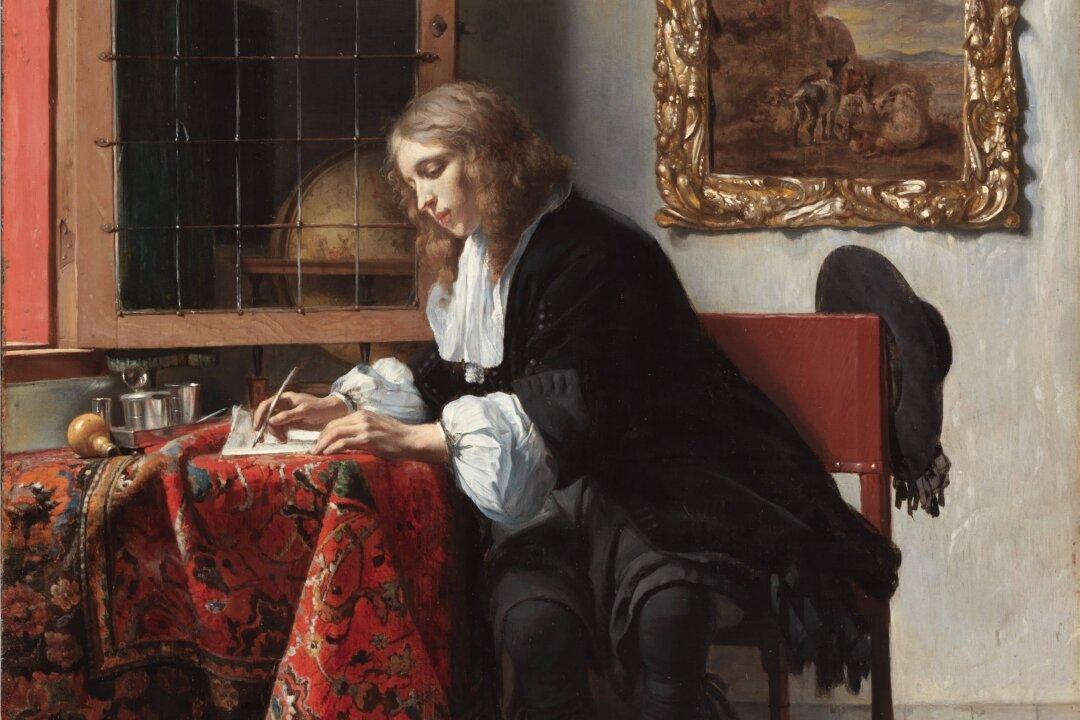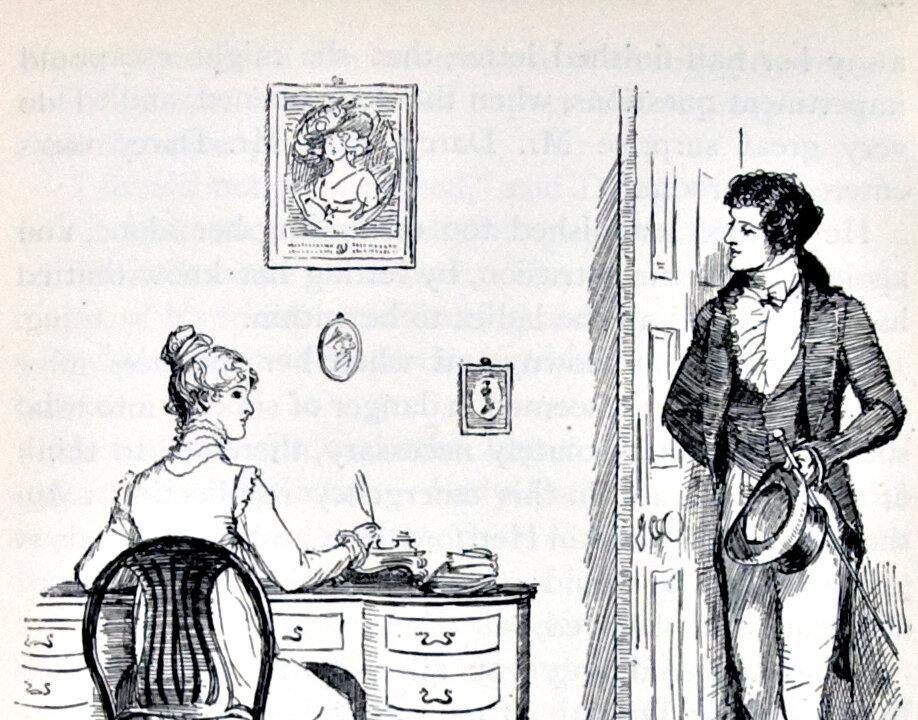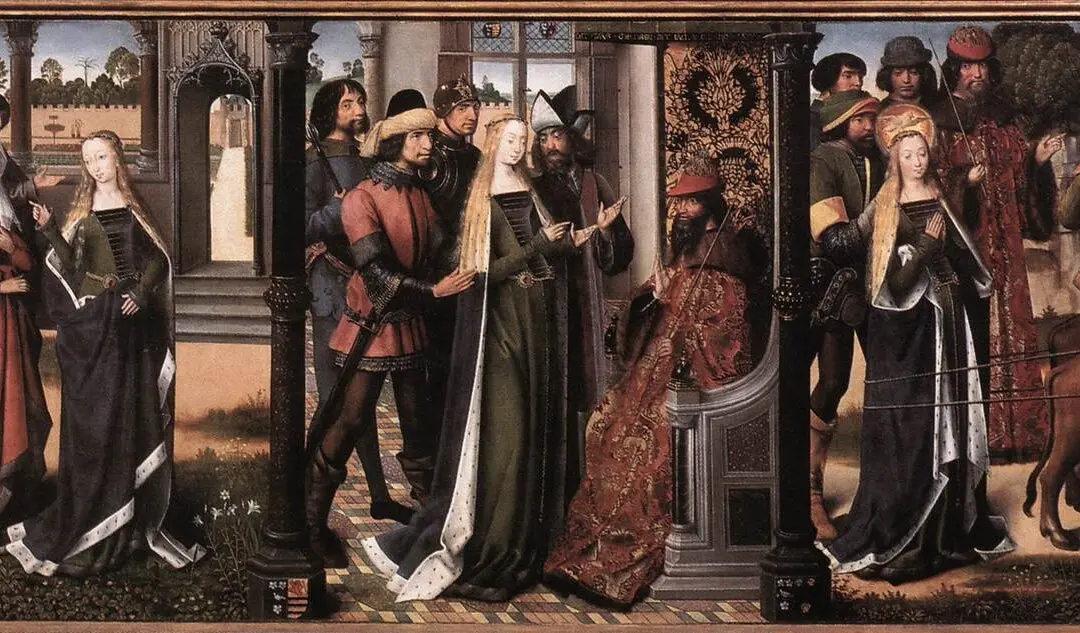When I tell people that my friends and I maintain a written correspondence, I often receive the same reactions. People remark on it as a delightfully quaint pastime, as though we keep up the practice simply because of a penchant for pretty parchment and quill pens. To be fair, I do enjoy dressing up letters with beautiful stationery and wax seals, but I can do without when necessity demands it. The medium of letter writing opens a channel of communication with someone that digital messaging can’t replicate.
Canadian communications theorist Marshall McCluhan was famous for saying, “The medium is the message.” How a thing is said communicates just as much as—if not more than—what is said. We often view the various modes of communication (letters, emails, and texts) as interchangeable, accomplishing the same end with varying levels of efficiency. Communication seems to trace a line of evolution from letter, telegram, email, and finally to text, each step a sign to signifying that we may now discard earlier, outdated forms.





